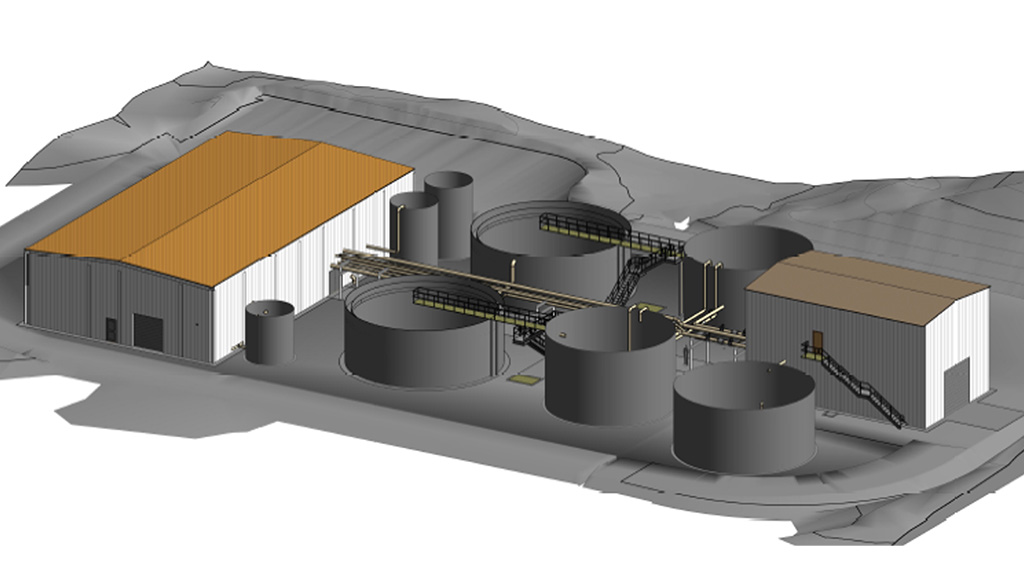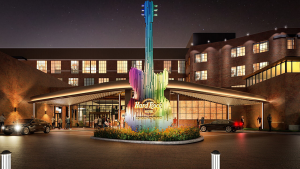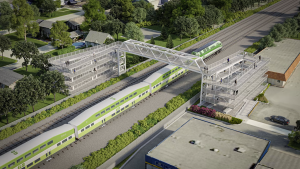Crews are gearing up to clear land and blast rock in preparation for construction of a $78-million sewage treatment facility and conveyance system in the Industrial Way area of Tofino on Vancouver Island, B.C.
The project consists of a new wastewater treatment plant (WWTP), replacement of four existing pump stations, construction of a new outfall and modifications to the existing conveyance system.
The District of Tofino is the only municipality left on the island that pumps raw sewage into the Pacific Ocean at Duffin Passage and has been doing so for decades. However, the district was given a federal mandate to treat its sewage.
In August, North America Construction (NAC) was hired to do the work.
Simon Kirkland, project manager, major capital projects for Tofino, says blasting contractors are set to begin mobilizing.
“We’re good seismically because we’ve got lots of bedrock to anchor everything down to, but there’s a little bit of challenges with the logistics of removing rock.”
The work includes use of drilling and blasting equipment to scale down the rock so footings can be set.
The contractor plans to take any material that is blasted at the site and recycle it into fill for other areas, says Kirkland.
Crushing equipment will be set up to mill and reuse the material onsite. Being in a remote area of the island, such a move will cut down on transportation of materials.
After the blasting work is completed, form setters will be brought onto the site to establish foundations for buildings and tanks.
Mechanical and electrical tradespeople will install all process and electrical/instrumentation in the buildings.
Engineering and management teams will support crews from a quality control perspective and help with the process of bringing the facility online and operating for the district.
There are four pump stations in operation and they will be replaced with new ones.
Presently, the sewage goes through grinders and gets discharged directly to the ocean. With the new configuration, all sewage will go to one area and be pumped to the treatment facility via a new forcemain.
Two outfalls presently in use will be abandoned and a new one will be built to discharge the effluent. But the bulk of the work will be building the new wastewater treatment plant and facilities.
The plan calls for the installation of the pump stations to start over the winter months and outfall construction will start next summer. The project is expected to be completed in early fall 2024.
The plant itself will have some interesting features, including an Integrated Film Activated Sludge treatment process that combines conventional activated sludge and biofilm technologies into one tank. Plastic pucks are introduced into the tank and oxygen is added as an aeration process. The system draws the sludge and sewage together before the wastewater is transferred to a clarifier. The process allows for a much smaller footprint as two clarifier tanks are not needed
The logistics of the project are tricky because Tofino is a small community of 2,500 with a limited amount of tradespeople and housing.
Highway 4 provides the only road access to the Esowista Peninsula where the town is located. The nearest community is Ucluelet, which also has limited industry.
The project team is overcoming the challenges by employing as many local people and companies as practically possible, fabricating most of the material offsite to reduce the labour required for installations, and maintaining collaborative relationships with all organizations involved in the project.
Kirkland says housing has been a challenge, but the contractor has managed to secure enough to house the workers that are needed.
Further, the new treatment plant is being built in a town that’s never had such a plant, Kirkland notes, and there will be some logistical hurdles to overcome when tying in a new piece of infrastructure, as there will likely be temporary shutdowns due to bypass pumping that must take place.
To build the facility, Tofiino settled on an integrated design process.
Tofino, NAC and designer WSP worked collaboratively to come up with optimizations such as the use of pre-engineered buildings and steel tanks, minimizing the amount of cast-in-place concrete, reducing architectural features and combining administrative functions into the main mechanical building.
According to the town, the collaborative approach is similar to the integrated project delivery model as it allows all parties – the client, designer and prime contractor – the opportunity to work together from the start until completion.
The contracts are administrated in a more traditional approach, however, with construction and consulting agreements being directed between both owner and designer and owner and prime contractor.
NAC was originally shortlisted in 2019 for the work but as a result of COVID and supply shortages the original budget was exceeded and the district had to issue another RFP. In 2021, NAC was selected and went back to the table with the district and WSP to develop a new strategy.











Recent Comments
comments for this post are closed